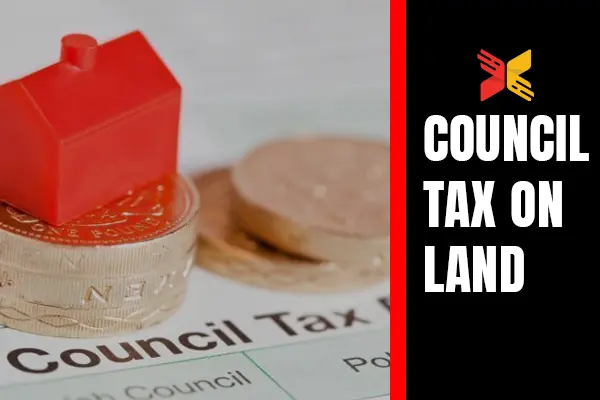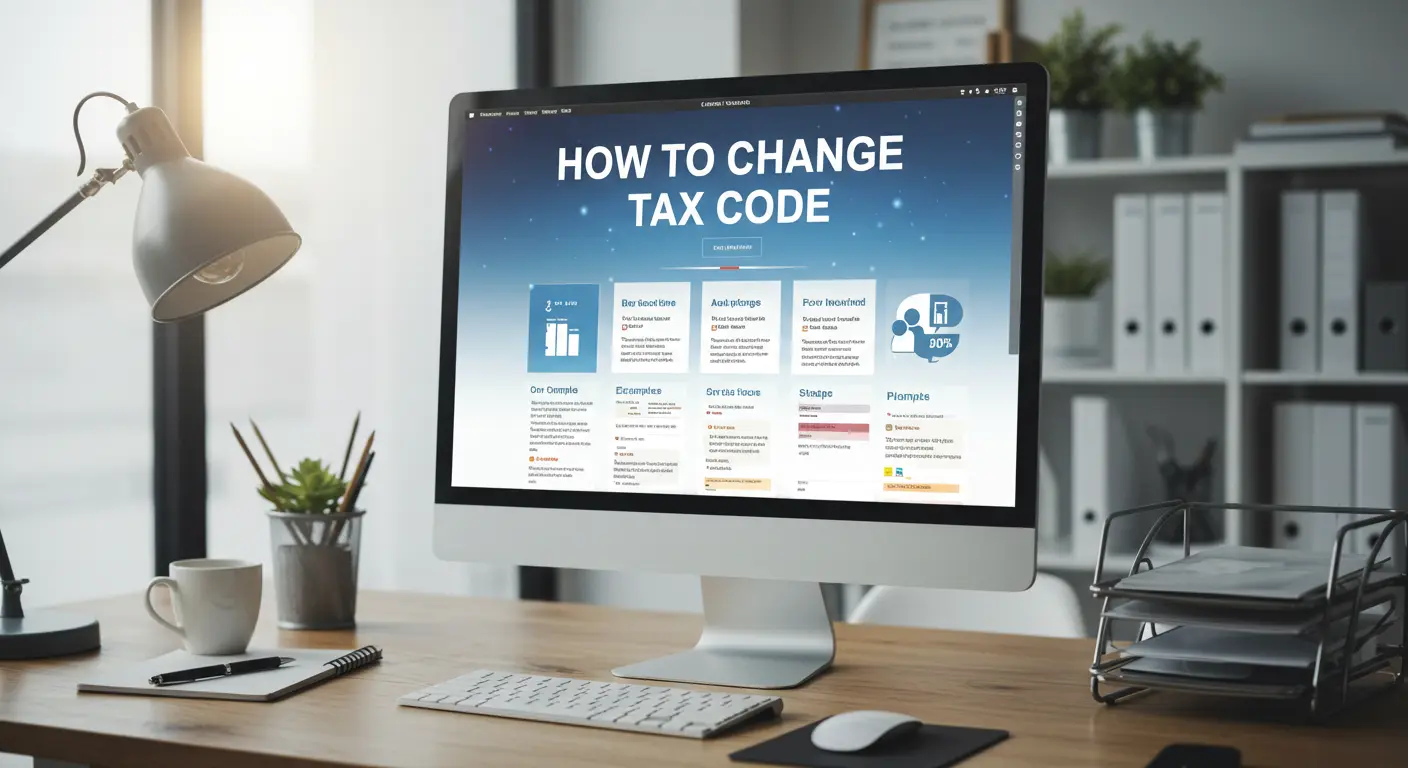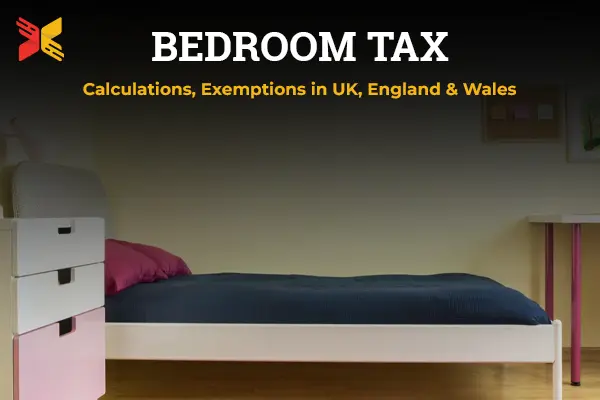What is a BR Tax Code?
A BR tax code is a specific code used in the UK tax system. It indicates that all your income will be taxed at the “basic rate” without any personal allowance. This means that your entire salary is subject to a flat tax rate of 20%.
The HM Revenue and Customs (HMRC) calculates your tax code based on your income and sends it to you. If you have a BR tax code, it usually means you have more than one job or pension, or that your main source of income is not receiving a personal allowance due to certain circumstances.
When you receive your salary or pension, your employer uses this tax code to determine how much tax to deduct each month. They calculate the tax based on the total amount you earn and apply the basic rate to it. The employer then sends this deducted amount directly to HMRC every month.
A tax code is a combination of numbers and letters used by HMRC to tell your employer or pension provider how much tax-free income you’re entitled to in a tax year. For example, the common code 1257L means you can earn £12,570 before paying income tax.
Where to Find Your Tax Code
- Payslip – Usually top or near your National Insurance number.
- P60/P45 – End-of-year or job-leaving tax documents.
- HMRC App – Quick, mobile access to your tax code and income details.
- Online Tax Account – Log in at xact+ Accountants to:
View current and past tax codes
Update job or income info
See how your code was calculated
When is the BR Tax Code Used?
You may receive a BR tax code in several situations:
- Multiple Income Sources: If you have more than one job or pension, your primary source of income may be your allowance, while additional income is taxed at the basic rate under the BR code.
- New Employment: Starting a new job without providing your previous employer’s P45 can result in being placed on a BR tax code temporarily. This happens because your new employer does not have your previous earnings information.
- Taxable Benefits: If you receive benefits from your employer, such as a company car or medical insurance, these may also be taxed under the BR code if your main income has already used up your personal allowance.
Implications of the BR Tax Code
Being on a BR tax code affects your take-home pay. For example, if you earn £30,000 annually and are taxed under the BR code, you will pay £6,000 in taxes (20% of £30,000), leaving you with £24,000 after tax deductions. It is essential to monitor your payslips for accuracy. If your BR tax code is incorrect, it could lead to overpayment or underpayment of taxes. In such cases, contacting HM Revenue and Customs (HMRC) is crucial to rectify any discrepancies.
If you believe you have overpaid taxes due to being on a BR tax code, you can claim a refund from HMRC. This can be done by submitting a tax return or directly requesting a refund from HMRC.
Why Is the BR Tax Code Applied?
There are several reasons why you might have the Basic Rate Tax Code on your payslip:
- Multiple sources of income: If you have more than one job or receive a pension and income, your second source may be taxed at the basic rate.
- The employer hasn’t received your tax details. Sometimes, new employers may not have full details from HMRC, leading to the temporary use of the BR Taxation Code.
- PAYE system delays: Occasional delays in the Pay As You Earn (PAYE) system could result in your tax code being set to BR temporarily.
Impact on Your Earnings
The basic rate of income tax directly affects how much of your earnings you take home after tax. In the UK, the basic rate is 20%, applied to income between £12,571 and £50,270 (after your personal allowance of £12,570).
- If you earn £30,000, you pay 20% on £17,430 (that’s £30,000 minus the £12,570 allowance), which equals £3,486 in tax.
- Your take-home pay would be around £26,514, not including National Insurance or other deductions.
- The more you earn within the basic rate band, the more tax you pay—but only on the portion above your allowance.
- If your income increases but stays within the basic rate band, your effective tax rate (total tax as a percentage of your income) stays relatively low.
How to Check if You’re on a BR Tax Code
To check if you’re on a BR tax code in the UK, start by reviewing your latest payslip. Your tax code is usually printed near your name or National Insurance number. If it shows “BR,” it means all your income from that job is being taxed at the basic rate of 20%, with no personal allowance applied. This is common for second jobs or when HMRC doesn’t have full information about your employment.
You can also check your tax code through your HMRC Personal Tax Account online or via the HMRC app. If BR is showing and this is your only job, you may be overpaying tax and should contact HMRC to correct it.
Quick Ways to Check Your BR Tax Code:
-
- Payslip – Look for “BR” near your tax details.
- P45 or P60 – These forms show your tax code history.
- HMRC App – Download and log in to view your current code.
- Personal Tax Account – Sign in at GOV.UK to see and update your tax info.
- Tax Code Notice – HMRC may send you a letter explaining your code.
What is the Purpose of a BR Tax Code?
The Basic Rate Coding ensures that you’re at least paying tax at the basic rate, especially when employers or HMRC are unsure of your full tax details. It’s often a stop-gap measure to prevent underpayment of taxes, which could lead to future liabilities. It’s a temporary solution that usually requires correction to avoid overpayment.
Why You May Have a BR Tax Code
Several scenarios can lead to a Basic Rate Tax Code being applied:
- You’ve started a second job without updating your tax information.
- You’re receiving a BR tax code on pension.
- You’ve recently changed jobs, and HMRC hasn’t yet updated your new employer with your tax code details.
Example of PAYE on Tax Code BR
Let’s consider an example to better understand how PAYE operates under a BR Income Tax Code:
| Annual Income | Tax Code | Tax Paid at 20% | Personal Allowance Used? |
|---|---|---|---|
| £25,000 | BR | £5,000 | No |
| £25,000 | 1257L | £2,500 | Yes |
In the case of the BR tax code, all of your income is taxed at 20%, leading to a higher tax deduction.
Is BR an Emergency Tax Code?
The BR tax code is not technically classified as an emergency tax code, but it can be assigned in situations that resemble emergency tax scenarios. The BR code stands for “Basic Rate” and indicates that all income from that job or source will be taxed at the basic rate of 20%, without any personal allowance applied.
The tax code BR M1 is used as an emergency tax code, meaning it applies no personal allowance and taxes all income at the basic rate. This code is often temporary and should prompt you to contact HMRC for a review. It ensures that you are not underpaying taxes while your situation is clarified.
HMRC Tax Codes
When dealing with your taxes, it’s crucial to understand how BR codes are managed by HMRC. HMRC assigns this code when it lacks complete information about your income or allowances. Regularly checking your BR tax code HMRC online account can help ensure you are taxed correctly.
Aside from the Basic Rate Code, there are several other tax codes HMRC uses to calculate your tax, such as:
- 1257L: The standard code, giving you a personal allowance.
- M1/W1: Emergency codes, which don’t account for previous earnings.
If you’ve been overtaxed while on the tax code BR, you may be eligible for a BR tax code refund. HMRC automatically reviews your tax situation at the end of the tax year. If you have paid too much tax, they will issue a refund, which can be a welcome surprise.
Conclusion
The BR tax code in the UK is often applied to ensure taxpayers don’t underpay. However, it can result in overpayment if left unchecked. To ensure you’re paying the right amount of tax, regularly check your tax code, update your employer, and contact HMRC if needed. If you’ve overpaid, you may be entitled to a refund. Understanding the BR tax code can help avoid tax errors and ensure your income is taxed accurately.

















